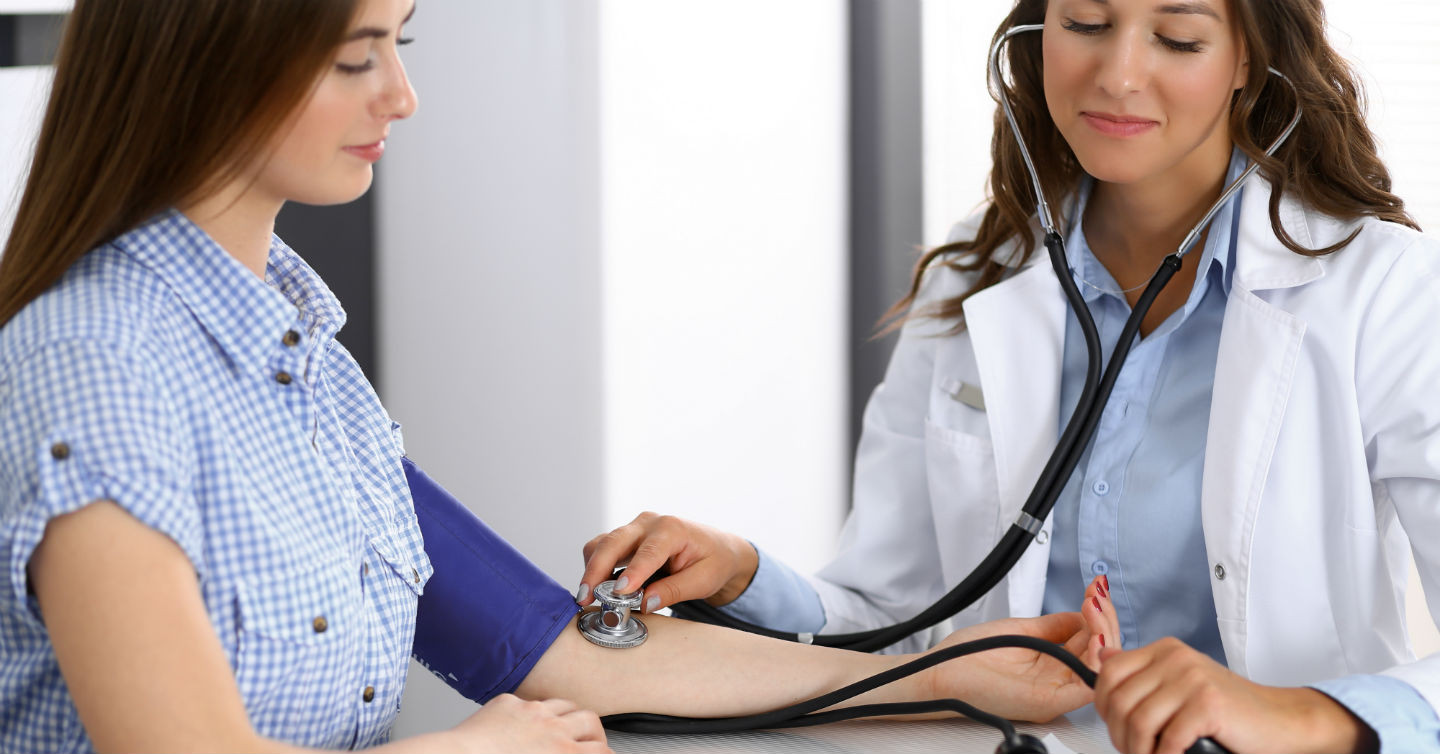Know When to Test Bone Density

The month of May is National Osteoporosis Awareness and Prevention Month. Osteoporosis is the loss of bone density and mass. A bone mineral density (BMD) test determines how much bone mineral content (calcium and other minerals) is present in a bone. The higher the mineral content found, the denser the bone is. The denser the bone, the lower the risk of fracture is. A BMD test can alert you to any changes in bone density, diagnose osteoporosis, gauge effectiveness of measures taken to improve density, assess fracture risk and target steps that need to be taken. A bone scan is not the same as a BMD test.
The preferred method for measuring bone mineral density is with dual X-ray absorptiometry (DXA) or dual energy X-ray absorptiometry (DEXA). DXA is pain-free and can be completed in less than 30 minutes. Radiation exposure during testing is very low.
The bones that are most likely to break due to osteoporosis are the vertebrae, hip, wrist, forearm and heel. These are the bones that receive density testing most often. The loss of bone mineral density increases each year.
Getting a BMD test is a good idea for women over 65 and men over 70. For women over 50 who have had a fracture, testing is recommended within six months of the bone fracture (unless a test was completed within the previous two-year period).
Depending on certain risk factors, a physician may suggest a BMD test every two years. Below are other risk factors that should be discussed with your primary doctor when assessing the need for a BMD test.
- Short stature (64 inches or less) or loss of height
- Low calcium and Vitamin D intake
- Sedentary lifestyle
- Postmenopausal women
- Decrease in hormone levels
- Close relative with osteoporosis or history of broken bone(s)
- Smoking
- Alcohol use
- Transplant recipient
- History of a fractured bone after age 50
The presence of certain diseases or conditions can also be considered a risk factor. The following diseases should be disclosed and considered in conversations with your physician about a BMD test.
- Alcoholism
- Anorexia nervosa
- Asthma
- Allergies
- Cancer
- Cushing’s disease
- Diabetes
- Hyperparathyroidism
- Hyperthyroidism
- Inflammatory bowel disease
- Lactose intolerance
- Lupus
- Liver disease
- Kidney disease
- Lung disease
- Multiple sclerosis
- Rheumatoid arthritis



